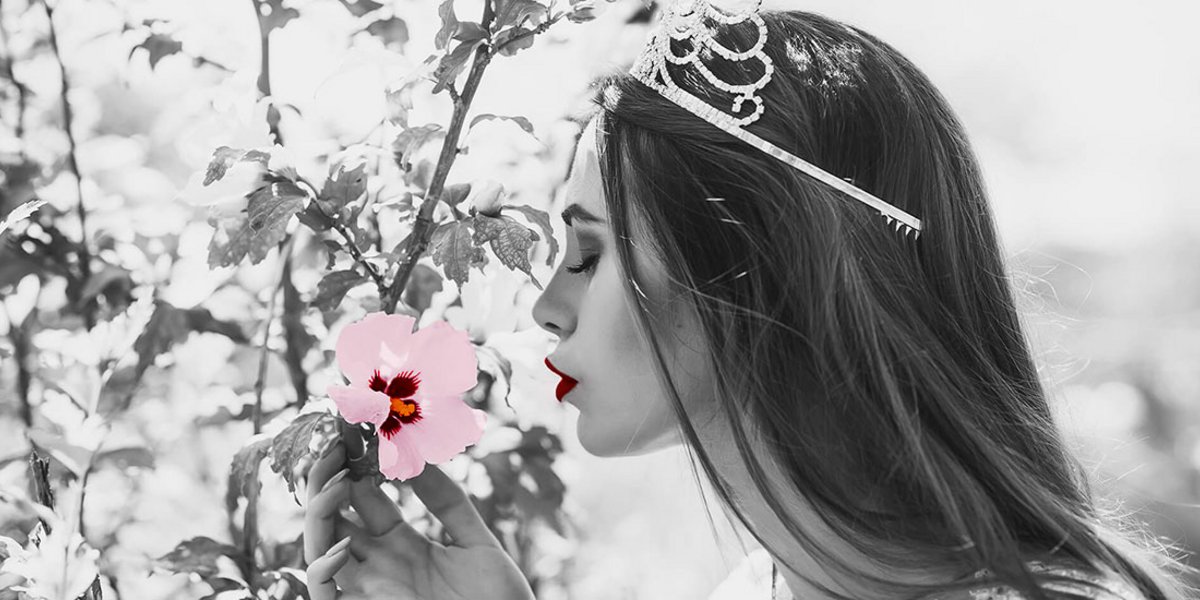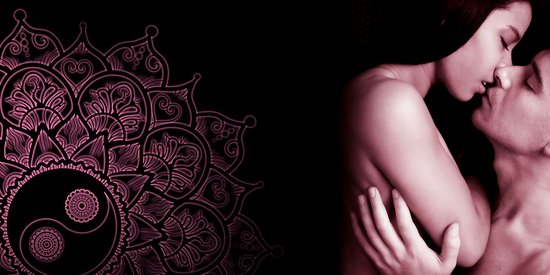The Kama Sutra comes from the Sanskrit word " kama" meaning desire (also the name of the God of Love, the equivalent of Eros or Cupid) and the word "sutra," which, together, translate as being the aphorisms of desire. Kama Sutra refers to an Indian book, written between the fourth century and the seventh century and attributed to Vatsyayana. This author has brought together a single summary of previous works on the Kama and put them all in one book. The author felt this was a subject that seemed essential for human joy and development.
This collection is illustrated with miniatures; they offer tips for seduction so that a couple in a relationship can have a harmonious life, particularly through trying different sexual positions. Contrary to a widespread belief in the West, the content of the Kama Sutra is not simply limited to erotic positions; it mainly deals with marriage, as well as relationships between men and women outside of marriage.
Kama consists of sensual love and the emotions associated with the relationship
In ancient Indian belief, Kama was seen as the stimulant of actions, and was personified by the God of erotic love. It refers to the sensual pleasures of hearing, smell, sight, taste and touch and of the pleasures that can be extracted by the mind and the soul. The sensation of pleasure derived from the experience of the senses is associated with Kama.
Originally, the Kama Sutra was mainly intended for the Indian aristocracy. The book however also gives advice for women and couples and indicates that men are not restricted to sexual relations only; men are introduced to the mastery of kisses, caresses, bites and scratches with the aim to give desire to the woman.
The first Westernized version of the Kama Sutra appeared only in 1883 and was translated by the English linguist Richard Burton, who translated and adapted the language and turns of descriptive phrases for our culture.
In the West, sometimes Sutra and Tantra get confused with one another. Now, although the Kama Sutra is not completely free of spirituality, this collection of practical advice does not have the same spiritual dimension as Tantra.
Tantra is a philosophical doctrine that uses carnal pleasure as a springboard to spiritual experiences and mystical ecstasy. The main text of reference for Tantra is the Vigyana Bhairava Tantra.
The Role of The Woman
At the time that the book was written, women enjoyed a certain freedom. The usual interjections of the "faithful wife," who takes care of the house can be found in the book, but alongside this are other tips for women on seduction, and even how to deceive her husband. The remarriage of widows, which would later be forbidden in the history of India, is described as being acceptable.
The courtesans mentioned are like the Japanese geisha. They have a significant place in society. They are able to procure large sums of money for their arts, which included dance and music. It was the British authorities who forbade these "associations of prostitutes" that India generally allowed to get into the temples. where they administered important offerings.
Acceptable Practices
Female and male homosexuality is considered a natural part of sexual life. All sexual possibilities, even those that would later be considered as deviant, are listed in the book. It was also a legacy of colonialism that homosexual practices were then considered "against nature," then banned in the Indian Penal Code (Section 377).
Want to know more about the Kamasutra? Then read our Guide to the Kamasutra and discover what it contains!








